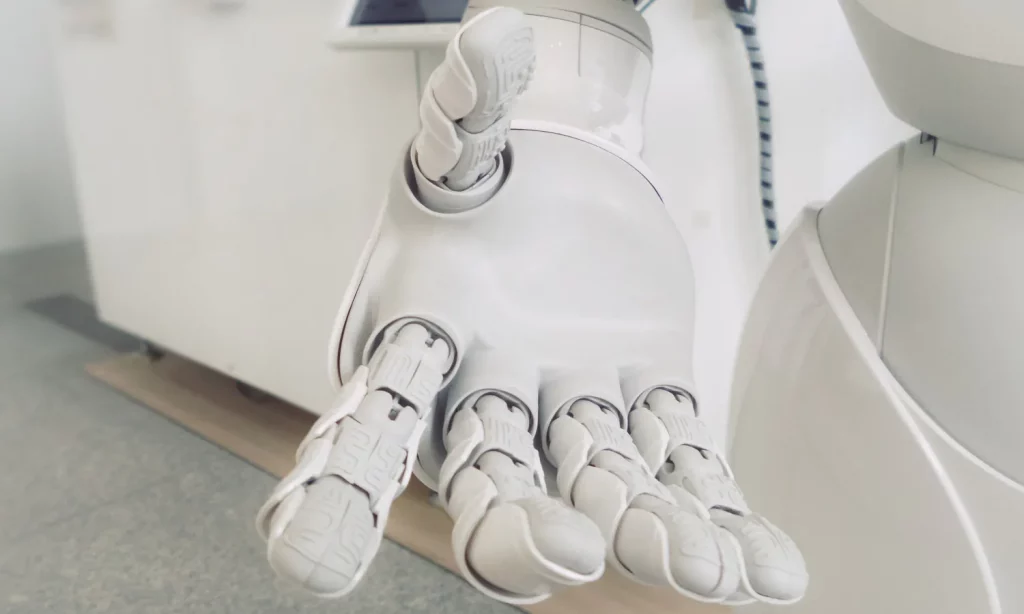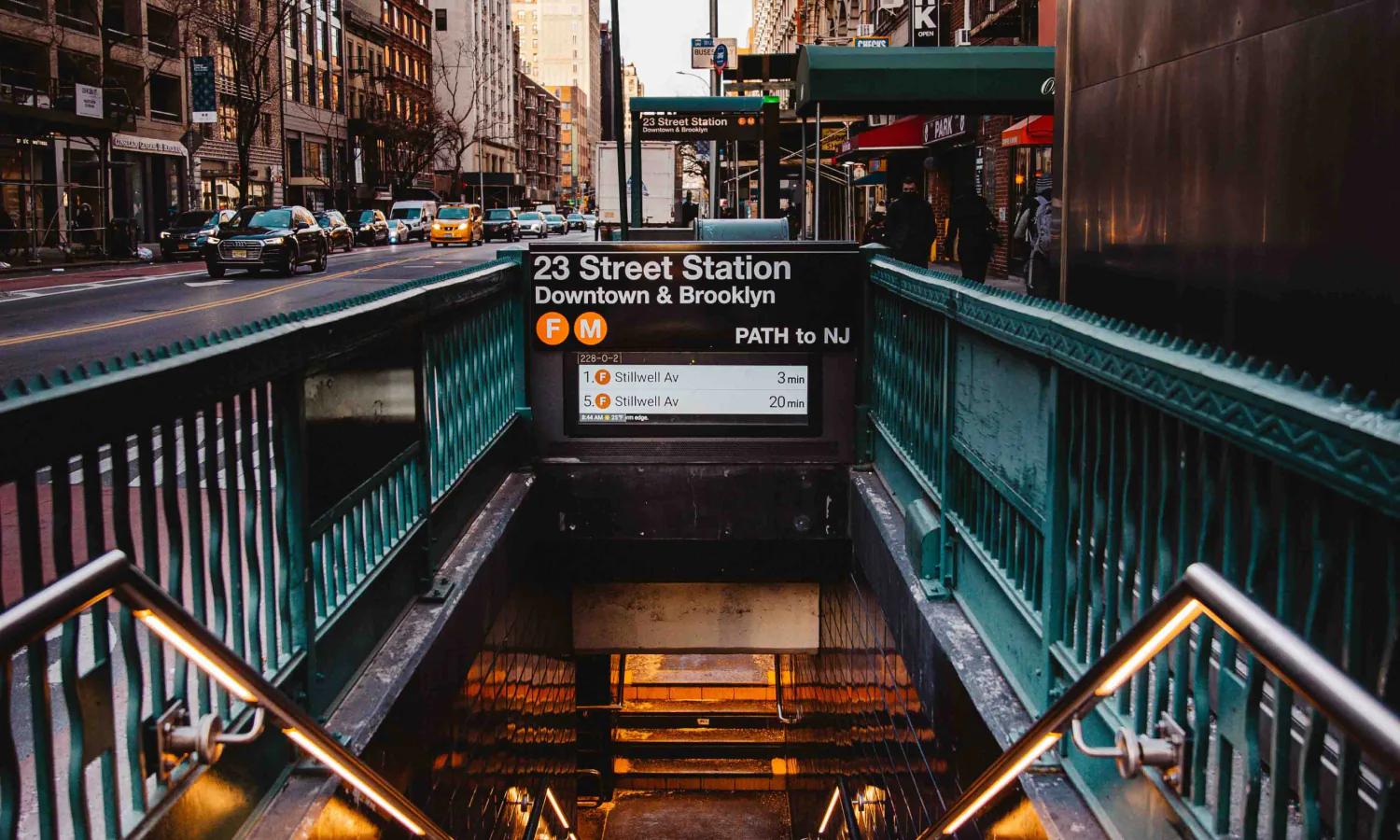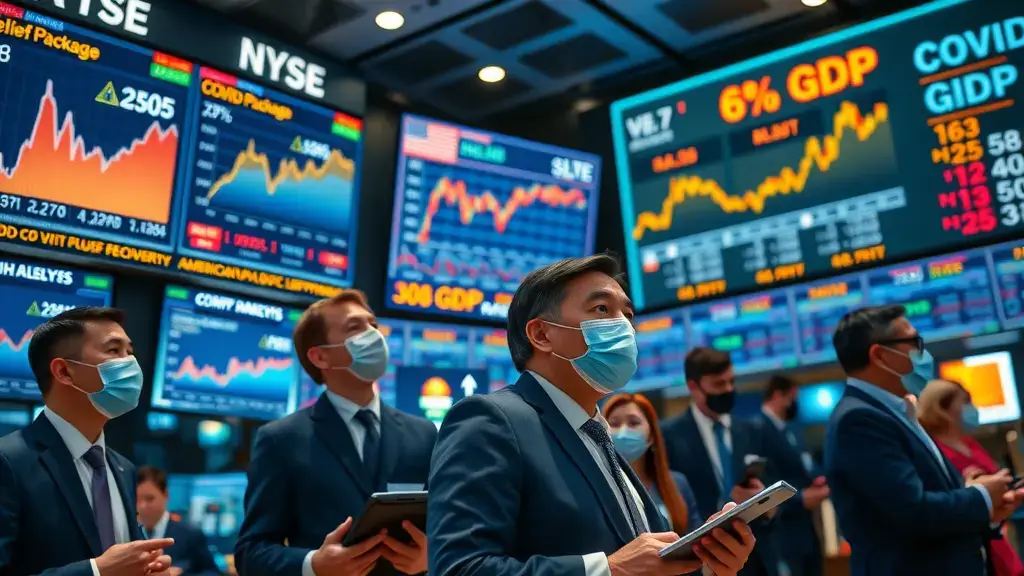Breaking News




Popular News














Join thousands of readers who get our Sunday Briefing: one email, five essential stories, zero fluff. Subscribe NOW!

In Q2 2021, mainstream media painted a picture of American resilience and renewal: accelerating vaccination campaigns, robust economic recovery, and meaningful social justice reforms. Yet beneath this optimistic narrative lies a far more troubling reality—one of deepening inequalities, performative progress, and systemic failures that continue to plague our society.
The celebrated vaccination campaign of Q2 2021 masks a disturbing truth about healthcare access in America. While officials trumpeted overall vaccination rates, they conveniently overlooked the stark disparities in distribution. Data from the CDC revealed that vaccination rates in counties with high social vulnerability were significantly lower (39%) than in counties with low social vulnerability (45%). In major urban centers, the disparity was even more striking—vaccination rates in affluent neighborhoods reached 60-70%, while rates in low-income, predominantly Black and Hispanic neighborhoods remained below 30%.
While the media celebrated vaccination progress, pharmaceutical giants reaped unprecedented profits. Pfizer alone reported $3.5 billion in vaccine revenue in Q1, with projections reaching $26 billion by year’s end—all while actively opposing patent waivers that could have expanded global production capacity. The Biden administration’s May announcement supporting vaccine patent waivers proved largely symbolic as pharmaceutical industry pressure effectively stalled meaningful action at the WTO.
The “economic renaissance” touted by officials represents perhaps the most egregious mischaracterization of reality. While the S&P 500 surged 8.6% during Q2, employment among low-wage workers remained 21% below pre-pandemic levels. This wasn’t simply a recovery—it was the largest transfer of wealth in modern history, with U.S. billionaire wealth increasing by $1.8 trillion (62%) during the pandemic through June 2021.
The much-celebrated $1.8 trillion stimulus package functioned more as corporate welfare than genuine relief for struggling Americans. Nearly 40% of the benefits from the expanded Child Tax Credit never reached the poorest 30% of children due to filing requirements and administrative barriers. Meanwhile, corporations quietly received over $220 billion in tax breaks through CARES Act provisions.
The one-year commemoration of George Floyd’s murder exemplified America’s approach to racial justice—heavy on symbolism, light on substance. Despite widespread protests and demands for change, the George Floyd Justice in Policing Act remained stalled in Congress throughout Q2 2021. Simultaneously, at least 17 states passed laws restricting voting access, disproportionately affecting communities of color.
Corporate diversity initiatives showed minimal progress by Q2 2021, with only 8% of S&P 500 companies having concrete diversity targets with specific timelines. The Amazon unionization effort in Bessemer highlighted how corporations could simultaneously project progressive values while aggressively suppressing worker organizing.
Social media platforms and public forums during Q2 2021 reflected growing skepticism about the official recovery narrative. The public’s reaction highlighted increasing awareness of the disconnect between headline statistics and lived reality. This sentiment was particularly evident in discussions about inflation, which rose 5% year-over-year in May—the largest 12-month increase since 2008.
Defenders of the status quo point to aggregate economic growth and vaccination statistics as evidence of success. However, these metrics deliberately obscure distributional realities. GDP growth means little when 90% of its benefits accrue to the top 10% of earners. Vaccination percentages mask who remains unvaccinated and why.
Q2 2021 wasn’t a story of transformation—it was a masterclass in the politics of illusion. While Americans celebrated surface-level progress, the fundamental structures of inequality were not just preserved but strengthened. The convergence of vaccine inequity, K-shaped recovery, and performative justice points to a disturbing reality: America emerged from the pandemic with its foundational inequities not just intact but reinforced.
How long will Americans continue to accept the gap between promised change and delivered reality? Share your thoughts in our reader poll: “Has the pandemic recovery strengthened or weakened your trust in American institutions?”